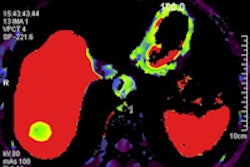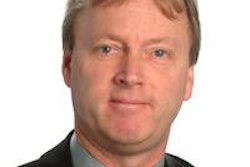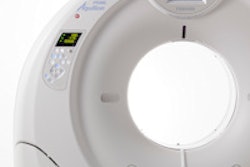Dear AuntMinnieEurope Member,
For some people, Dr. Paul Parizel's honorary lecture was the highlight of this month's ECR. It was not only a visual treat but also scientifically stimulating.
How did he decide on the approach to take? What was his rationale? And what tips does he have on putting together a major presentation? To read his answers, click here.
When a radiologist identifies an important unexpected finding, it's crucial to draw the clinician's attention to it. Irish researchers have found that an automated alert system can help here, and they presented their experiences at ECR 2014. Go to our Healthcare Informatics Digital Community, or click here.
A Hungarian study of twins indicates that factors such as plaque burden and plaque volume demonstrate genetic traits with strong heritability -- even stronger than body mass index, according to preliminary results. Visit our Cardiac Imaging Digital Community, or click here.
The profile of radiologists from Turkey continues to rise sharply, as was evident at ECR 2014, where a group based at Ataturk University presented key findings from a new study about CT perfusion of esophageal cancer. Get the story here.
Meanwhile, Swiss researchers have found that while structured reports can lower turnaround times and improve workflow, radiologists still need to adhere to reporting criteria to provide the highest quality reports. Click here to learn more.
Also, make sure you visit the Middle East section on our AuntMinnie.com sister site for this article on how Aga Khan University in Kenya trains radiologists to standards that would pass muster in Europe or North America. But is that the right approach on a continent that's desperately short of imaging specialists?
Last but not least, we look at the latest trends in the PACS and healthcare IT sector. Heavy reliance on PACS and resistance to broader cooperation with other hospital stakeholders is slowing healthcare IT development, argues U.K.-based market analyst Stephen Holloway. To find out more, click here.




















